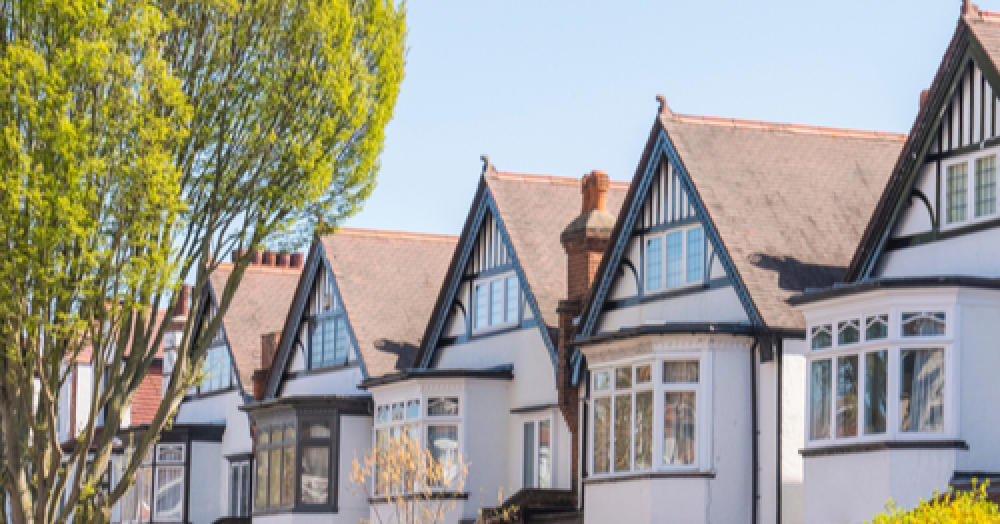However long you have lived in your home, unless you were the person to build it, it’s going to have a history. Finding out what the history behind your house is can really make you feel part of a larger story and see your home in a different light.
Researching your home doesn’t have to be a long-winded and complicated task, it just takes a bit of thought and research. Here’s how you can find out more about the history of your home:
Communicate with locals
People who have lived in your area longer than you may have an idea of what your home’s history is. They will potentially have known the previous owners too.
Ask your neighbours and the owners of local pubs and shops too, as they may know things you could never find online. You will be surprised by how much you can learn just from talking to people.
Find out its origins
The easiest way to find out when and why your house was built is to look in your local library’s archives. They will have detailed information, alongside maps and architectural plans, that will tell you all about your home’s origins.
You may find out that it was originally a miner’s cottage, or perhaps it was originally a barn. You will be able to see how the area looked before your house was built, and if you look on Google Earth you will be able to see how the area has changed over time.
Previous residents
As you now live in your home, one of the most interesting parts of this discovery is finding out who lived there before you. There may have just been a few families stretching back through the centuries, or it could have changed hands quite a few times.
The best thing to do is work back from the current year using the electoral rolls available in your local library. There were no electoral rolls during the war though due to evacuations, and it is important to bear in mind that house numbers often changed during the Victorian era.
Get reading
Newspapers are a fantastic way to find out about the history of your local area. Your local library should have a collection of old newspapers and you may find a mention of your home or previous residents in them.
Another place to look is in books written by historians, as they may provide information about the lives of the people who once lived in the same rooms you currently call home. This is a great way to bring the history of your home to life.
Useful places to look online:
These days there are tons of digital libraries and online resources, so make sure you check out the following places:
House Detectives – a team of historians can actually do all the work for you and provide you with a report of your home’s history.
National Archives – this site contains a variety of archives with records relating to the history of houses across the country.
British History – this online library contains some of the main printed sources for both medieval and modern history across the British Isles.
Old Maps – this is the place to go if you want to find a historical map of your area and see what your home’s location used to look like.

